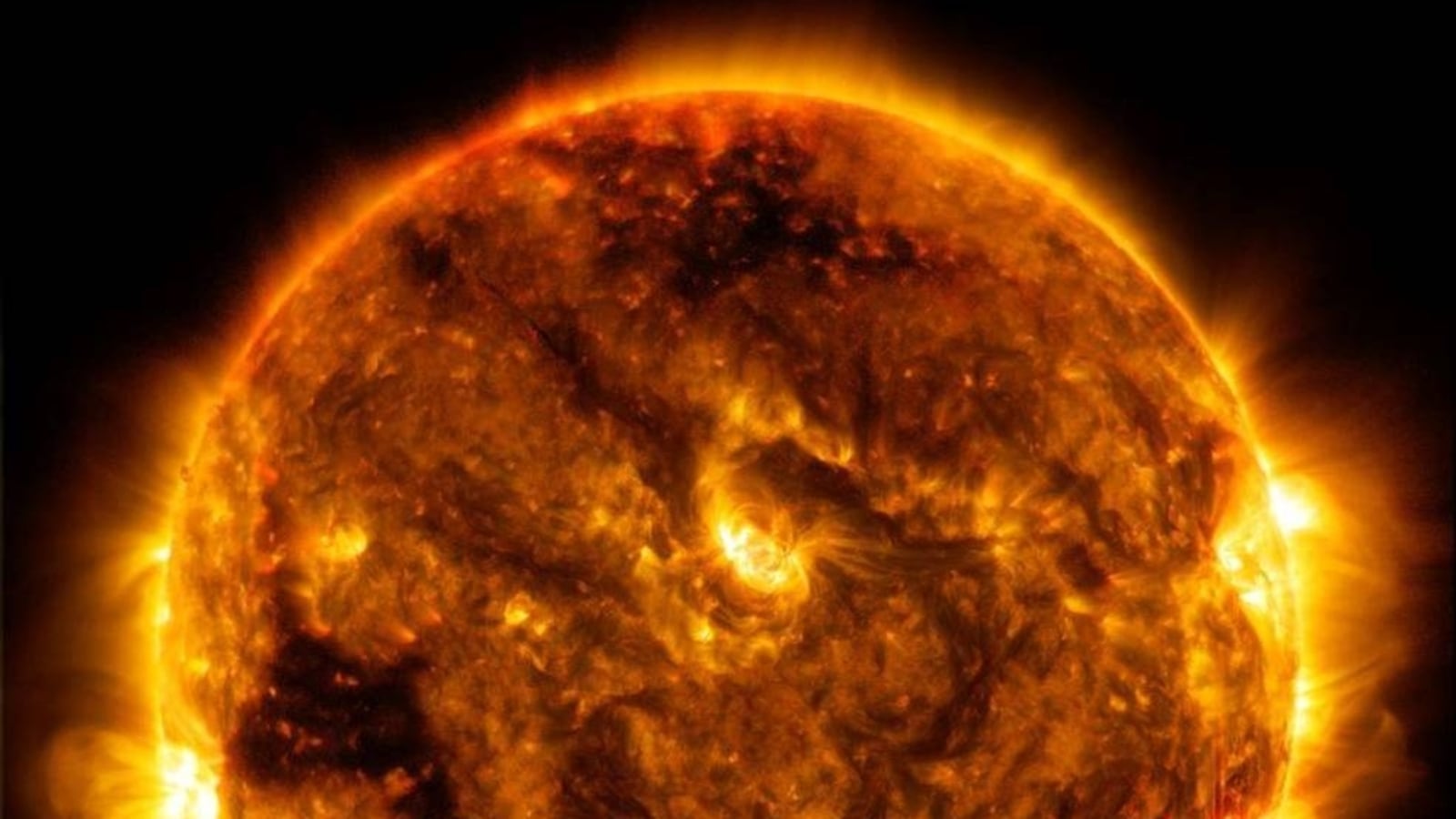NASA targets dangerous solar flares, Coronal mass ejections to save Earth
NASA is tackling some of the biggest threats to Earth - the dangerous solar flares and Coronal mass ejections.

The Sun is a life giver for Earth. However, the Sun also poses the biggest threat to Earth and humanity because of its habit of shooting off solar flares or coronal mass ejections (CME) towards it. These dangerous solar phenomena can scorch the satellites in Earth's atmosphere, crash the Internet for months, destroy GPS and cause power grid failures. The loss of life from these events can be massive, considering that almost all human activities, even for medical emergencies, have moved online. Even phone connectivity will be massively impacted if these so-called solar storms are big enough. On a regular basis NASA keeps sending updates of some solar flare brewing that may cause damage on Earth. NASA raises alerts depending on the severity of these solar flares. Many researchers have warned of the potential of a catastrophic event happening over the next decade itself. They have also indicated that humans are not prepared for this tragic event when, and if, it happens.
To deal with such dangers, NASA has prepared 2 missions. The intent of the National Aeronautics and Space Administration (NASA) is to know more about the space environment and Sun-Earth relation. These are the Multi-slit Solar Explorer (MUSE) and HelioSwarm. What will these missions do? They will simply help us to improve our understanding of the dynamics of the Sun, the Sun-Earth connection, and the constantly changing space environment. These missions will reveal deeper insights into our cosmos as well as essential information to help in the safety of astronauts, satellites, communication signals such as GPS, power grids and more.
Thomas Zurbuchen, the associate administrator for science at NASA Headquarters in Washington said on these missions that, “MUSE and HelioSwarm will provide new and deeper insight into the solar atmosphere and space weather. These missions not only extend the science of our other heliophysics missions — they also provide a unique perspective and a novel approach to understanding the mysteries of our star." Know the detailed information about these missions here..
The MUSE mission
It will basically fill the crucial gaps in knowledge pertaining to the Sun-Earth relation. The MUSE mission's primary aim is to discover the causes of coronal heating and instability, including solar flares and coronal mass ejections which have a severe impact on our Earth. Further, It will assist scientists in studying the factors that drive the heating of the Sun's corona and the eruptions in that outermost zone, which form the basis of space weather. The mission will provide deeper insight into the physics of the solar atmosphere by observing the Sun's extreme ultraviolet radiation with a powerful instrument known as a multi-slit spectrometer and capturing the highest resolution images of the solar transition region and the corona ever captured.
HelioSwarm Mission
As its name suggests, it will be the mission comprising a constellation or “swarm” of nine small spacecraft that will fly in a particular formation to measure the conditions of the solar wind over a greater area of space at the same time. HelioSwarm is made up of one hub spacecraft and eight co-orbiting tiny satellites that are spaced apart from one another and from the hub spacecraft. Each small satellite will be in radio contact with the hub spacecraft. The hub spacecraft and the NASA Deep Space Network of spacecraft communication antennae will handle all radio interaction between the swarm and Earth.
NASA confirmed that the duo missions will be ready for launch no later than February 2026.
Catch all the Latest Tech News, Mobile News, Laptop News, Gaming news, Wearables News , How To News, also keep up with us on Whatsapp channel,Twitter, Facebook, Google News, and Instagram. For our latest videos, subscribe to our YouTube channel.





























